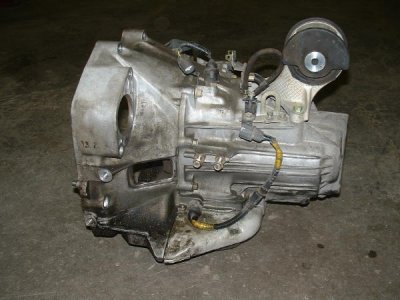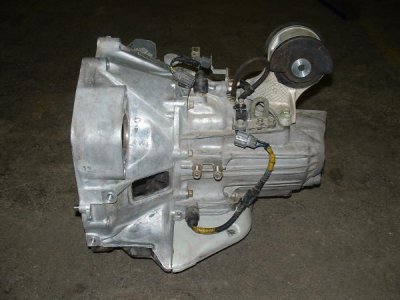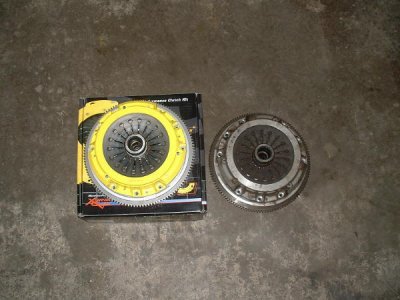Did he, you, or anyone else do this test with a 1000 and then a 2000 on the same day under the same conditions?
The day I arrived in Phoenix, we Honda scanned the N2K car. If I recall correctly, it was the previous day that MB Honda scanned the N1K car. Within a few ambient degrees, at almost the same time of day, with virtually identical barometric pressure, the comparisons were under the same conditions. It was not like one test was just after a rain downpour, two weeks after the first test.
I believe we've already established that MB believes the 2K is better so there's no new data point here.
Something that I can offer is that a fellow Texas NSXer recently got his engine built with the N2K. Customer wanted an aftercooler. MB convinced him it was not necessary. Qualitatively, one could logically infer that MB's records show that the N2K runs cooler than the N1K. I realize this is not a quantitative comparison, with regards to air inlet temperature, but something is making MB like the N1K's big brother.
More on my thoughts of the N1K vs N2K at the end of this post.
.....similarly, there's no publicly available boost by rpm comparison.
I emailed you my SS recording of 8 PSI last year. I will be the first to admit that I am not savvy when it comes to attaching image files within this forum. If you like, you can post the boost comparison between your N1K and my N2K. However, if memory serves me correctly, you have the 6 PSI pulley.
I am pessimistic for a couple of reasons. First, I DO have some boost by RPM figures for both the N2K and the N1K. I "collected" the N2K data while helping a friend, so I will not make them public. Suffice to say that although not an apples to apples comparison, I didn't see any differences.
Damnit, I hate it when I don't read the whole post first, before my segmented reply.

My take on the N1K vs N2K "debate". First off, there is a price difference, so customers would rightfully so be expecting more HP because of more CFM and perhaps because of more boost. As KP mentions, we have seen both versions of the two Paxtons making similar HP. Even so, in my humble opinion, there are several not so salient reasons the N2K is better.
1 - it has more CFM capacity.
2 - it has the ability to make more boost, but can the NSX engine take the N2K's full boost potential without significant engine mods?
3 - for a given amount of boost, the N2K will not have to be spun as fast as the N1K, because of the larger diameter impeller in the N2K.....spinning slower means lasting longer.
4 - qualitative comment that the N2K runs cooler, and at least one recent N2K car without an aftercooler.






